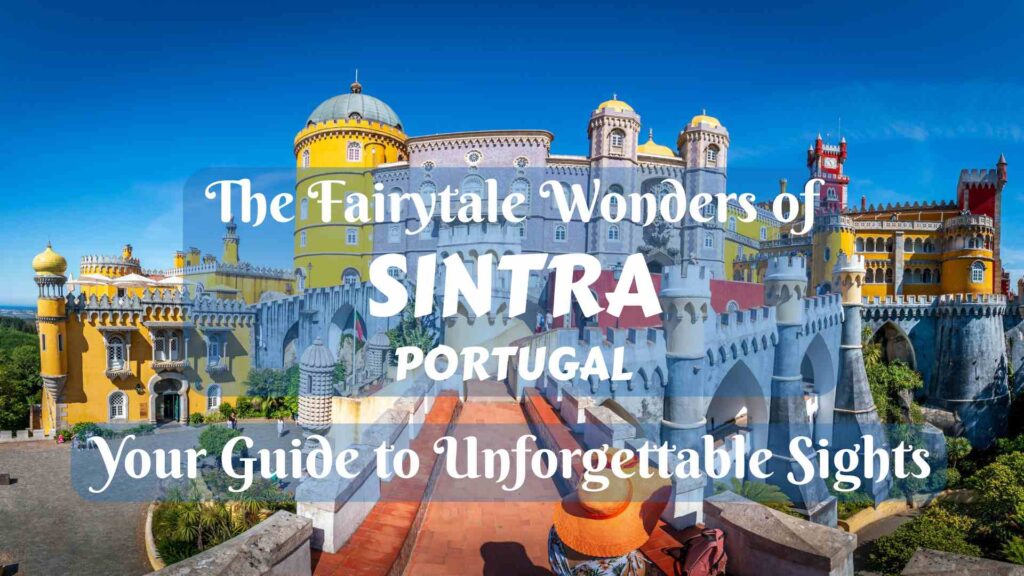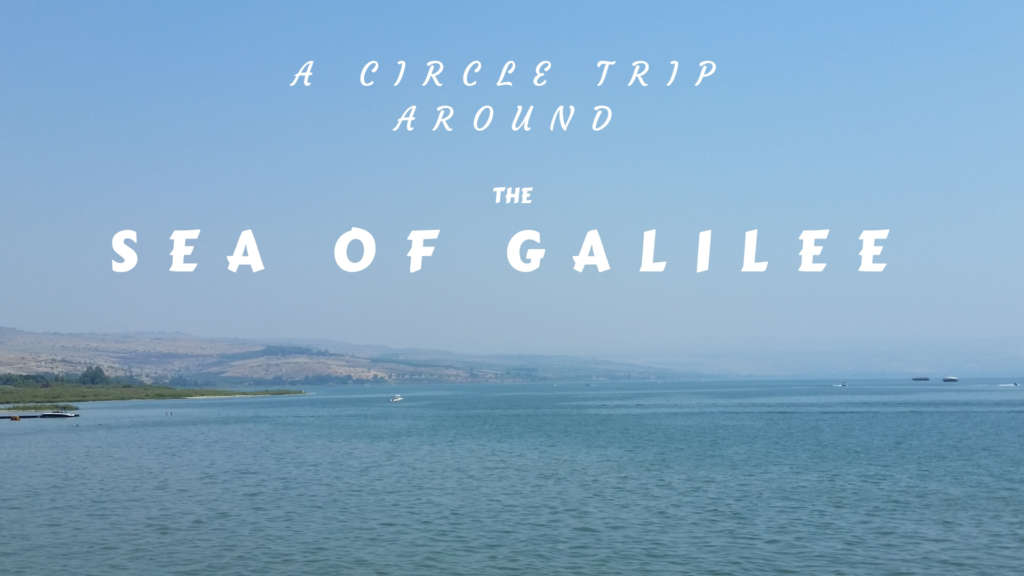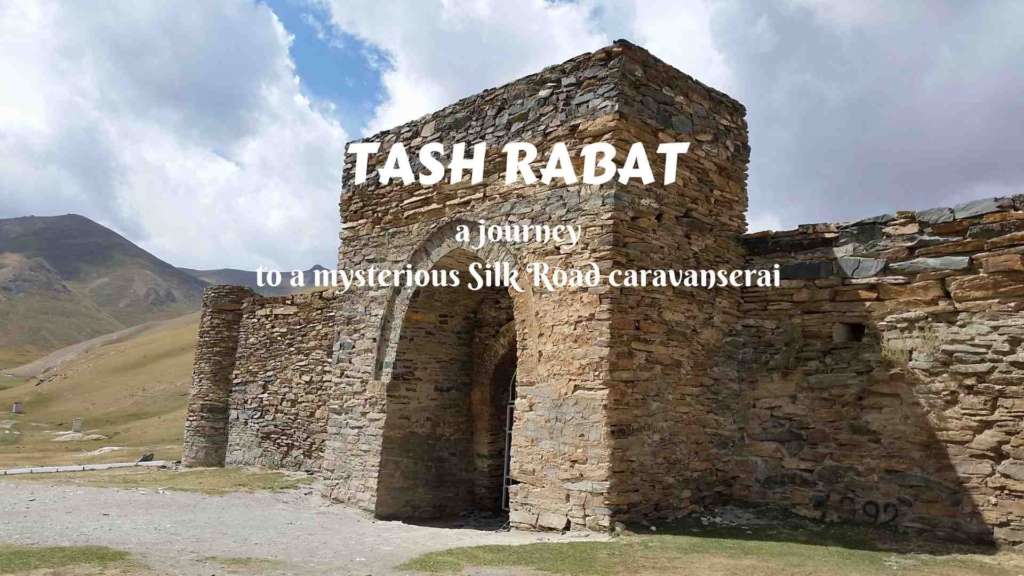This is Sintra- one of the westernmost towns in Europe and the whole of Eurasia. Nestled amidst lush hills just a short distance from Lisbon, this enchanting destination captivated visitors with its extraordinary beauty. From whimsical palaces to ancient castles and sprawling, mystical gardens, the question of what to see in Sintra quickly transforms into an exciting challenge, as this UNESCO World Heritage gem offers a dazzling array of sights that promise to transport you into a world unlike any other. In addition, Sintra has a high geographical value and can serve as an important stop on a long-distance route crossing Eurasia from west to east.
Table of Contents
About Sintra
Sintra is a fairy-tale gem, revealing a lot of history and culture. And this is combined with picturesque nature- beautiful mountains covered by lush subtropical forests, rolling hills around them, with the Atlantic Ocean in the west. But let’s get into detail.
Some geography
This is the westernmost mainland area of continental Europe and Eurasia- the real physical continent, stretching from the Atlantic to the Pacific oceans. Everything starts from the westernmost point of the continent- Cabo da Roca– just a few kilometers west of Sintra.
A watershed ridge starts from this point, eventually leading to the main watershed of the Iberian Peninsula. It immediately rises east of Cabo da Roca into a low, small but spectacular mountain range- the Sintra Mountains. Its highest peak, called Cruz Alta, is only 528 m above sea level, but it is enough to provide a terrain that is very suitable for the development of a civilization’s activity.
As a result, today we can see a lot of history on the mountains of Sintra and at their foot- a history that formed a beautiful place with rich culture and fairy-tale vibes. So, let’s dive into the history of the town.

Some history
Getting familiar with the history of a local place always enriches the experience of every traveler who comes to explore it. It is the same with Sintra- a place where you can travel back in time while enjoying the town’s amazing environment and places to see.
Let’s describe the history of Sintra shortly, dividing it into historical periods.
Prehistoric and pre-Roman era (unknown to 150 BC)
Humans noticed the beautiful land around what today is Sintra and settled there many millennia ago. It is unclear who they were, but human traces from the Paleolithic and Neolithic periods were found in the area. What we know today is that before the arrival of the Romans, people who lived in this area were Celtic and pre-Celtic tribes, trading with Carthaginians.
Today, we can still see some remnants of them, including: Barreira Megalithic Complex, Dolmen of Adrenunes, Dolmen of Agualva, Dolmen of Estria, Dolmen of Monte Abraão, Praia das Maçãs Prehistoric Monument, and Tholos Tomb of Monge.
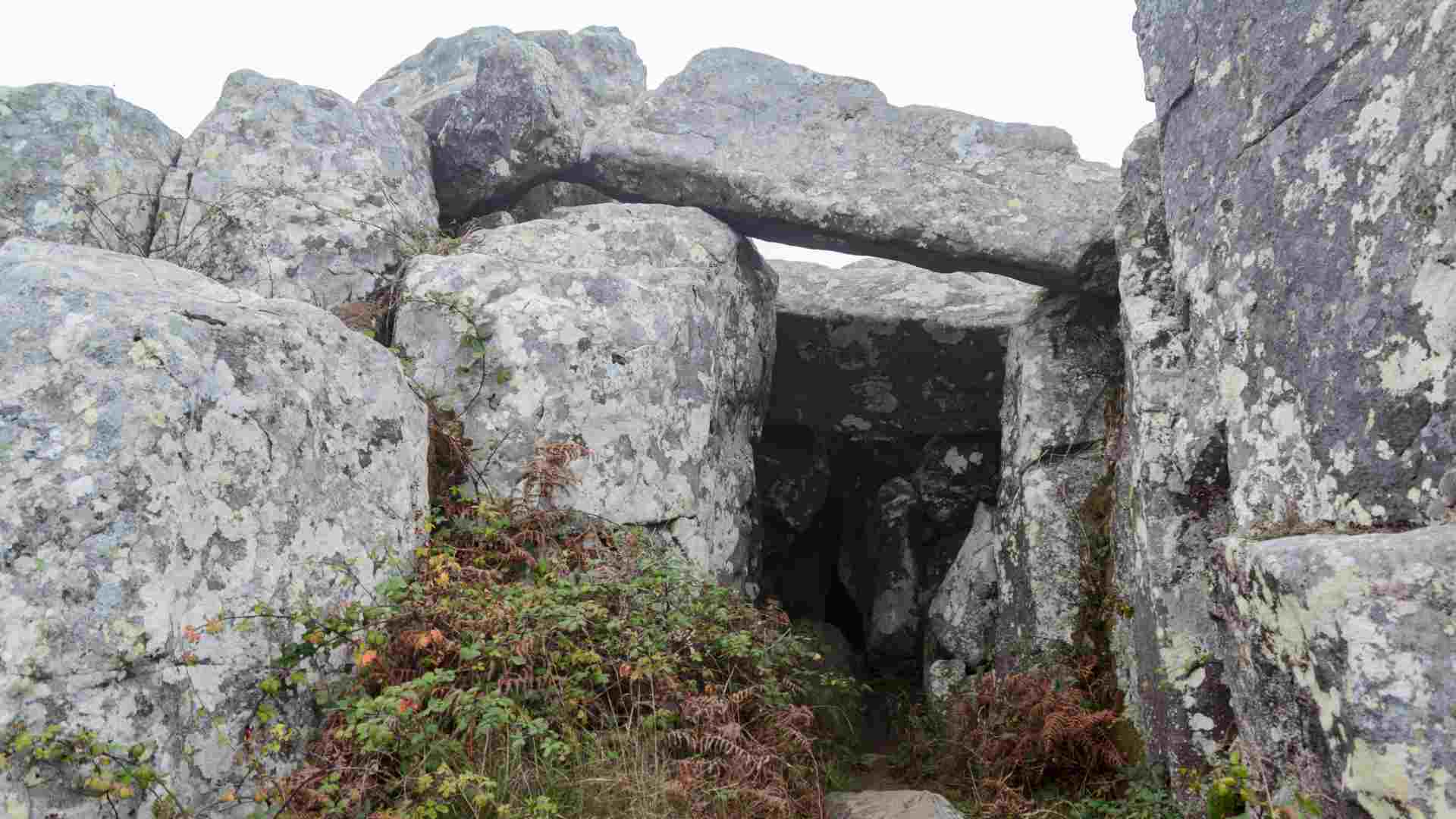
Roman era (150 BC to 440 AD)
The Roman conquest of the Iberian Peninsula began in the 3rd century BC, and the area around Sintra fell under Roman rule around 150 BC during the local Lusitanian Wars. In the beginning, this area was under the Roman Republic, and when it became an Empire, the local population was gradually Romanized. In the following centuries, the area was relatively peaceful, a firm part of the Roman Empire.
However, there wasn’t Sintra yet, but only some villages and Roman garrisons, villas, and more. The remnants from this era include: the Roman Bridge of Catribana, Roman Villa of Santo André de Almoçageme, Archaeological Site of Alto da Vigia, and parts of the Roman Dam of Belas– all of them actually located a bit far from the town proper.
Germanic era (440 to 714)
In the beginning of the 5th century, the Suebes and Visigoths, after them, gradually conquered the Iberian Peninsula. The area around Sintra was briefly first under the Suebic rule, and from the 6th century, in the territory of the Visigothic Kingdom, until the Islamic conquest.
Little has remained from that era in the area of today’s Sintra- only some archaeological findings, early Christian artifacts, and remnants from the fortifications that predated the Moorish Castle.
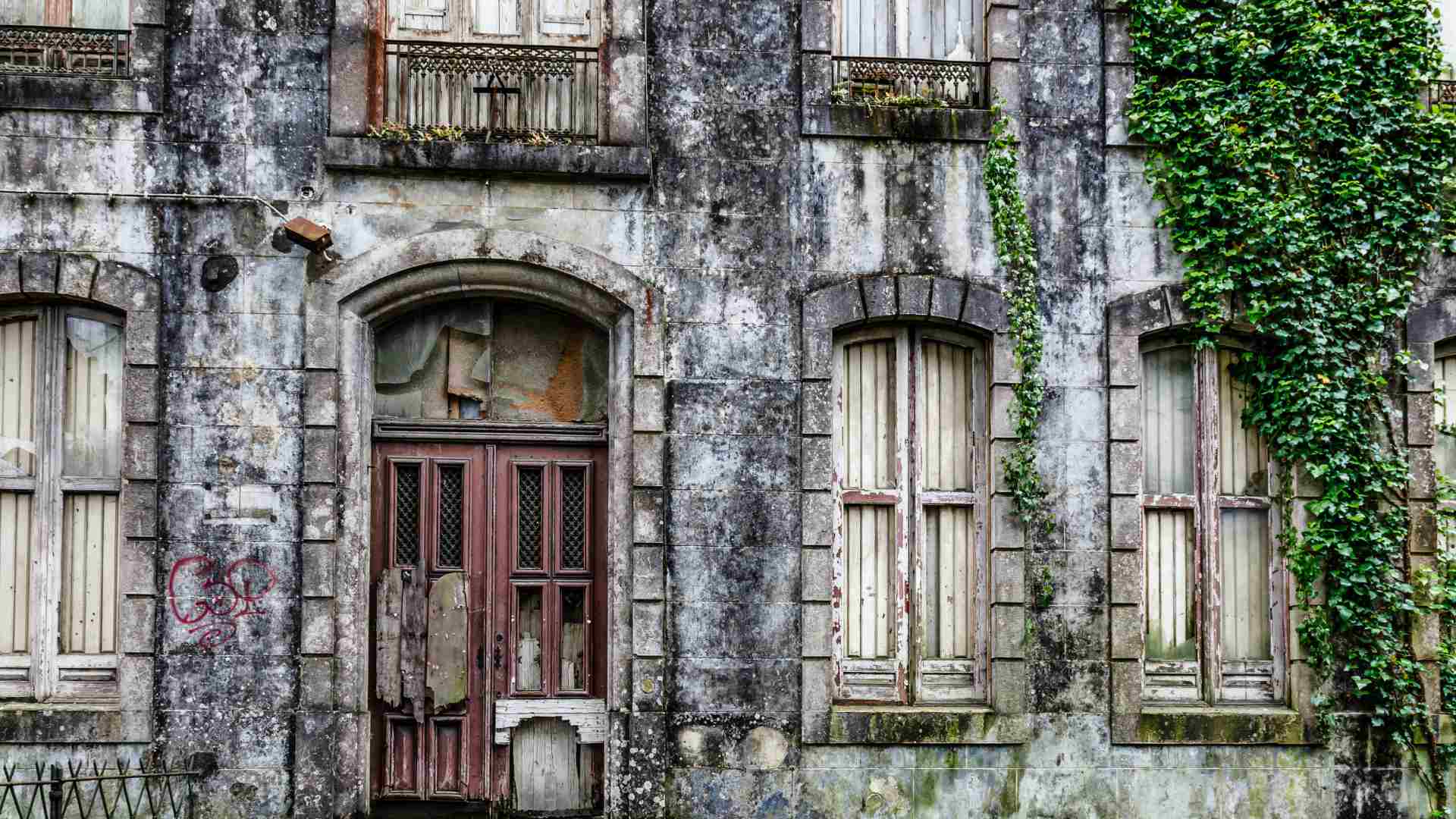
Muslim (Arab-Moorish) era (714 to 1147)
The Arabs conquered the Iberian Peninsula within a few years, starting from 711. Soon after that, the Christian kingdoms in the north started the Reconquista and accomplished it in 1492, slowly regaining the land of the Iberian Peninsula, piece by piece. Meanwhile, several Muslim dynasties rule lands conquered by Islam- Umayyads, Almoravids, Almohads, and other local rulers.
While they ruled over the land where Sintra is located now, they built one of the main points of interest in the town today- the Moorish Castle, between two of the highest peaks in the Sintra Mountains. They also built another fortification in the place where the National Palace of Sintra is located today. This is the era when Sintra gradually formed as a town that we know today, although it looked quite different, with an Islamic atmosphere.
Medieval Portugal era (1147 to 1640)
In 1147, the Christian Reconquista reached the land around Sintra. Afonso Henriques, the first king of Portugal, conquered Lisbon and the surrounding area, including Sintra. After that, the town significantly grew and changed its image, completely erasing any Muslim traces from the earlier rulers.
Sintra turned into a summer residence for the kings of Portugal. The points of interest dating from this era include the National Palace of Sintra, built over the former Moorish fort (from the late 14th century), the renovation of the Moorish Castle, the Franciscan monastery Convento dos Capuchos (from 1560), the Church of Santa Maria (from the 12th century), and the Palace of Ribafrias (1514).
From 1580 to 1640, through dynastic marriage, Portugal was united with the Spanish Empire. However, due to various factors, this union ended in 1640 with the Portuguese Restoration War.
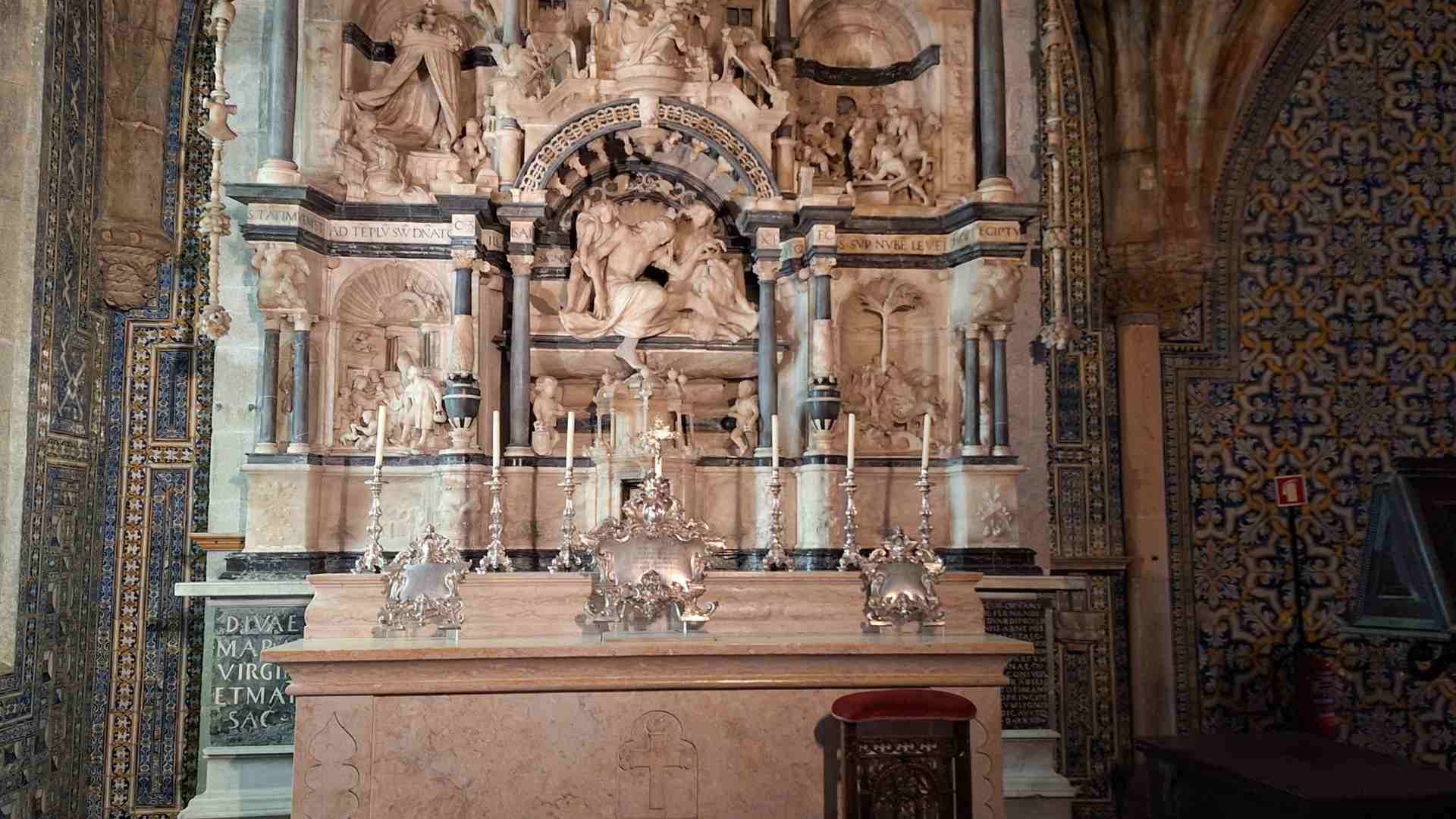
Brigantine Portugal era (1640 to 1910)
This is the second era of Portugal’s independence as a monarchy. It was a turbulent time, especially in the 19th century, marked by the Great Earthquake of Lisbon (1755) and wars with Spain and Napoleonic France. Nevertheless, the kingdom still prospered, and Sintra still remained an important residence center for the Portuguese kings.
This is the period where the most famous points of interest were built: the iconic Pena Palace (1854) with its gardens, the Chalet of the Countess of Edla (1864), Palace of Monserrate (1858), Palace of Seteais (1787), Quinta da Regaleira residence (1907), the Sanctuary of Peninha (the beginning of the 20th century), and the further renovation of the National Palace of Sintra.
At the same time, this is the era when the Old Town of Sintra that we know today was formed, with its houses and narrow streets.
We can also mention Queluz Palace (1747). Although it is not located in Sintra proper, but in another district and is considered “between Sintra and Lisbon”, it is still within the Municipality of Sintra.
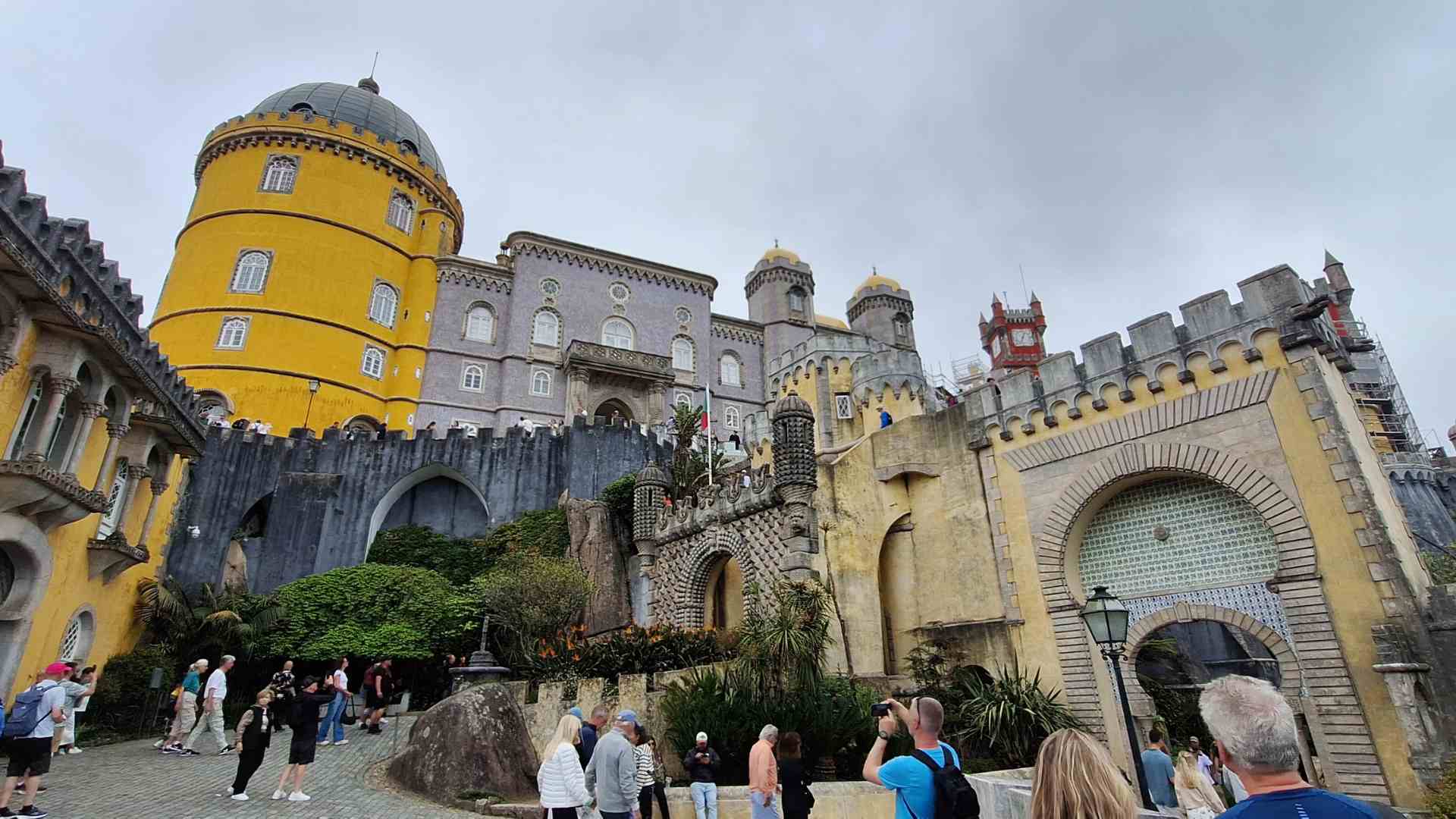
Republic of Portugal era (1910 until today)
The latest era of Portugal was marked by most modern events that happened in the whole world- the world wars, economic crisis, prosperity of the European Union, and the latest modernization of everything. In Portugal, the Republic wasn’t smooth, but there were several times of unrest too.
Nevertheless, Sintra prospered and the new urban areas were established until the town became what it looks like today. There aren’t significant “points of interest” built specifically in this era, but all of the old sites were renovated.
Many of them were declared UNESCO Heritage Sites, and Sintra itself became “Cultural Landscape of Sintra”, attracting a lot of tourists. As a result, Sintra became one of the most popular tourist destinations in Europe, with its unique historical and cultural vibes.
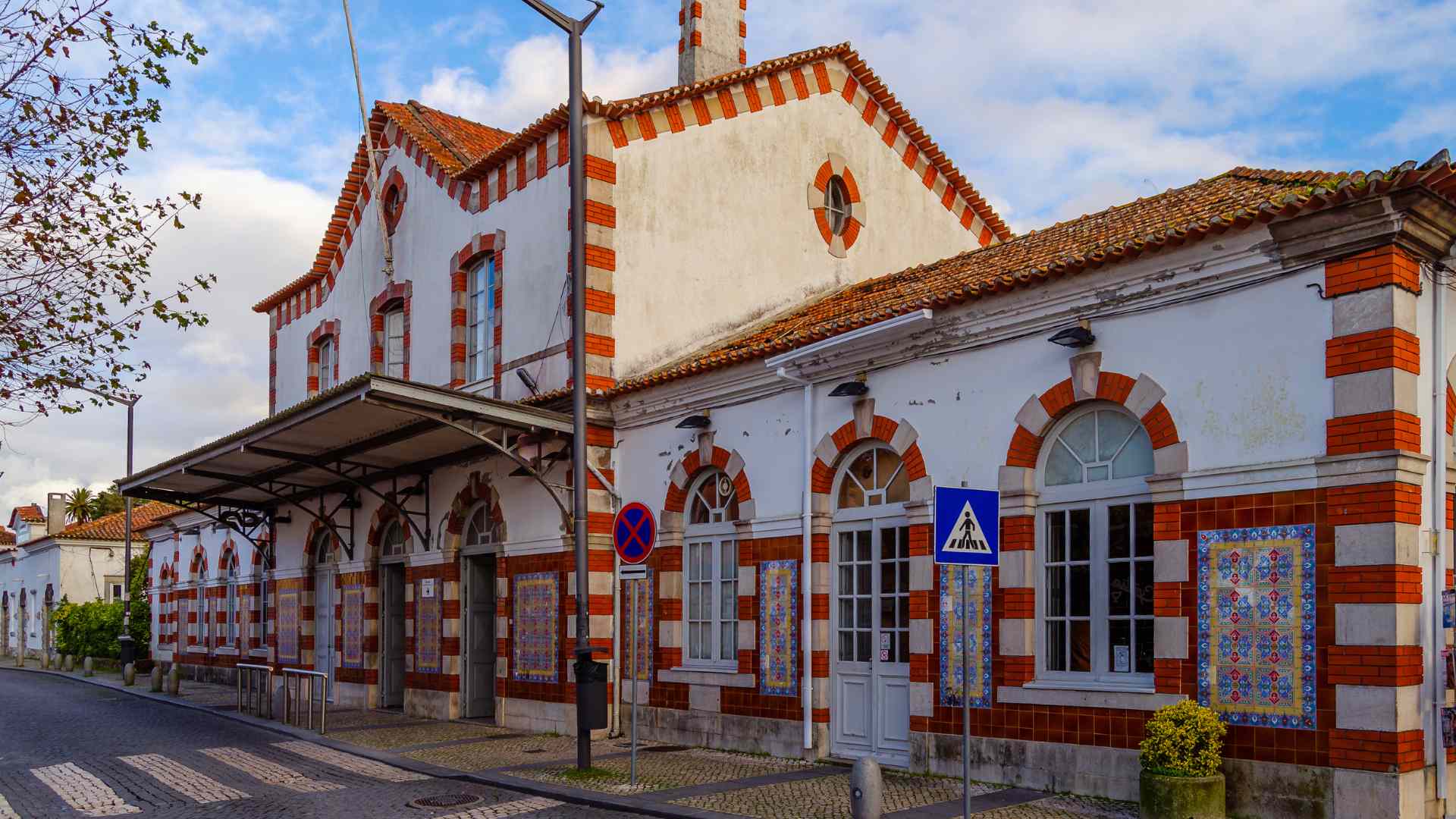
My journey to Sintra
Most people visit Sintra as one of the most popular and attractive European destinations, usually as a day trip from Lisbon. But I, Krasen Jelyazkov, visited Sintra with a different purpose- it was the first town on my crossing Eurasia route that started from Cabo da Roca, the westernmost point of the continent. I rented a car from Madrid, immediately moved to Cabo da Roca, and started my route from there, traveling “in detail”.
So, I had a different approach to Sintra- not as a “popular European attraction” but as an important stop on my route. I parked my car in the new center of the town and started exploring the most essential points of interest that can best show the image of Sintra- the old town, the Moorish Castle, and Pena Palace.
The Old Town- because it shows the past and present of Sintra and is the best place where we can feel the local cultural vibes.
The Moorish Castle- because it is the oldest historical site that reveals the history of Sintra, with stunning views of the whole area from above.
Pena Palace (only outside)- because it has become the main landmark and symbol of Sintra, despite its relatively young age.
I also visited the National Palace of Sintra only from outside and only its gardens, as well as Quinta da Regaleira- again, only outside. I wanted to visit Convento dos Capuchos, but due to bad weather 2 months ago, the road to the site was still closed.
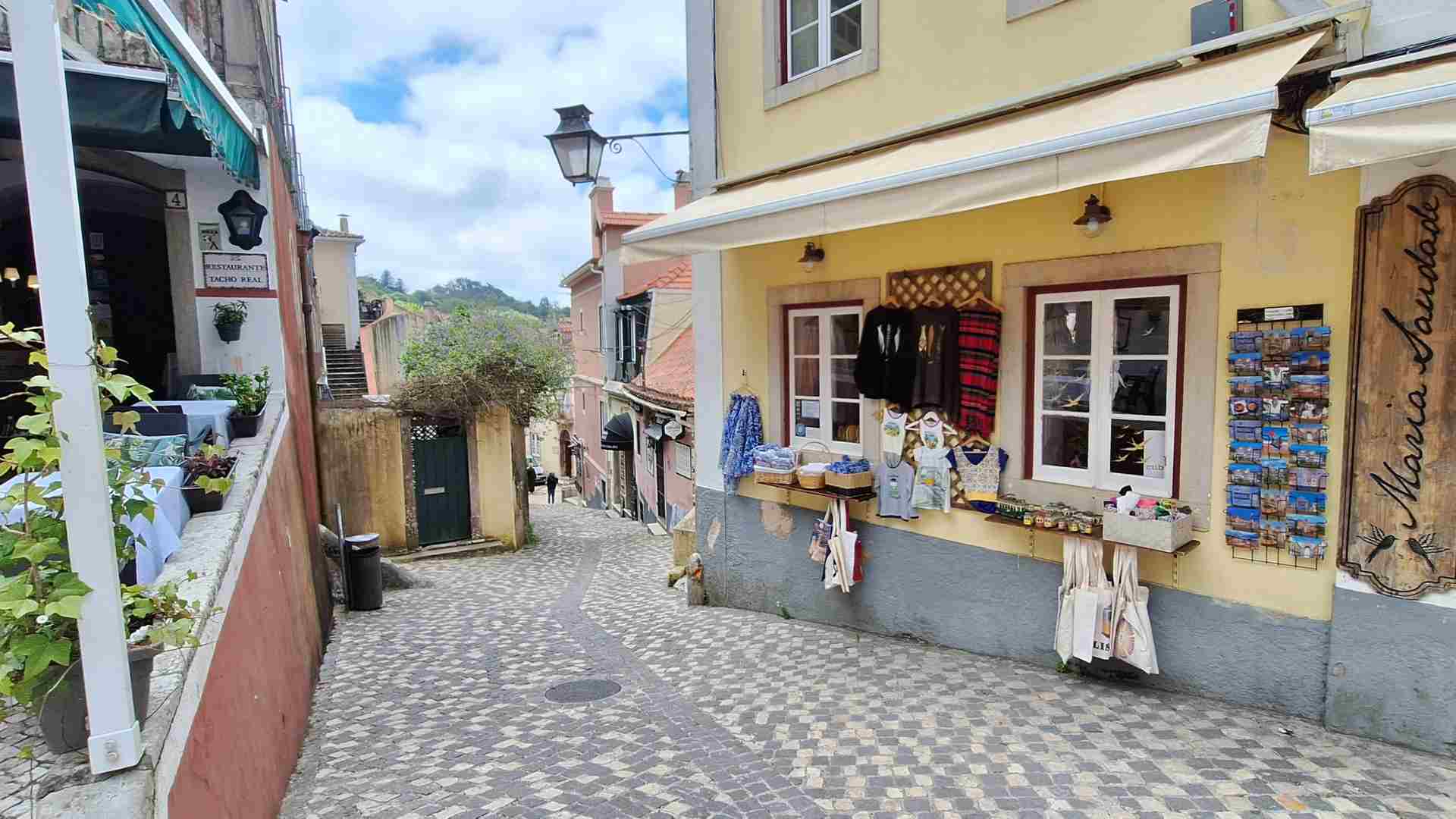
My Sintra itinerary
I spent about 7 hours in Sintra. And it was perfectly enough since my focus and the theme of my trip was a whole continent-crossing route, more precisely- the first part of this route (I traveled from Cabo da Roca to Nice, France), keeping in mind that there will be plenty of other destinations and points of interest on the way.
I knew that if I had to explore everything until the smallest detail for such a route, it would take a very long time and it could easily cause burnout (palace after palace, castle after castle, cathedral after cathedral, all the way, endlessly), that’s why I precisely planned my Sintra visit exactly in this way, and after I reached Nice, I can confirm that it was the best plan.
Of course, you can visit in detail all of the attractions in the town and around it, and you would need at least 2 full days, or 3 days if you want to enjoy it and do it slowly. So, let’s get into detail about what I saw in Sintra and what more you can see (that I didn’t see).
 Exploring the Earth is fantastic! However, there are various hidden dangers that may ruin your journeys. Don’t allow that to happen, or at least reduce the consequences as much as possible!
Exploring the Earth is fantastic! However, there are various hidden dangers that may ruin your journeys. Don’t allow that to happen, or at least reduce the consequences as much as possible!
Include a travel insurance as a part of your trip preparation by pressing the button below:
What to see in Sintra
So, these are the points of interest in Sintra- in the town proper and around it, that you can see, if you want to explore everything in the area. Depending on your travel plan and style, you can choose which ones to visit and which ones to skip.
Most likely, you would start from the new part of Sintra because the main transportation hubs- the railway station, the bus stops, and terminals are there. If you come by car, again, the new town is much more convenient to leave your vehicle, with more and larger parking lots. So, the new town will give you the first impression of Sintra- it looks like just an average Portuguese town. However, the real exploration is ahead of you.
The Old Town
This is the main historical part of Sintra. It is located at the northern foot of the Sintra Mountains. Here you can feel the vibes of the town as it was during the last 2-3 centuries. Like every “old town” in the world, this one consists of old houses, narrow streets, small cafes, restaurants, and shops for souvenirs and other touristy things. And of course, it is usually full of tourists.
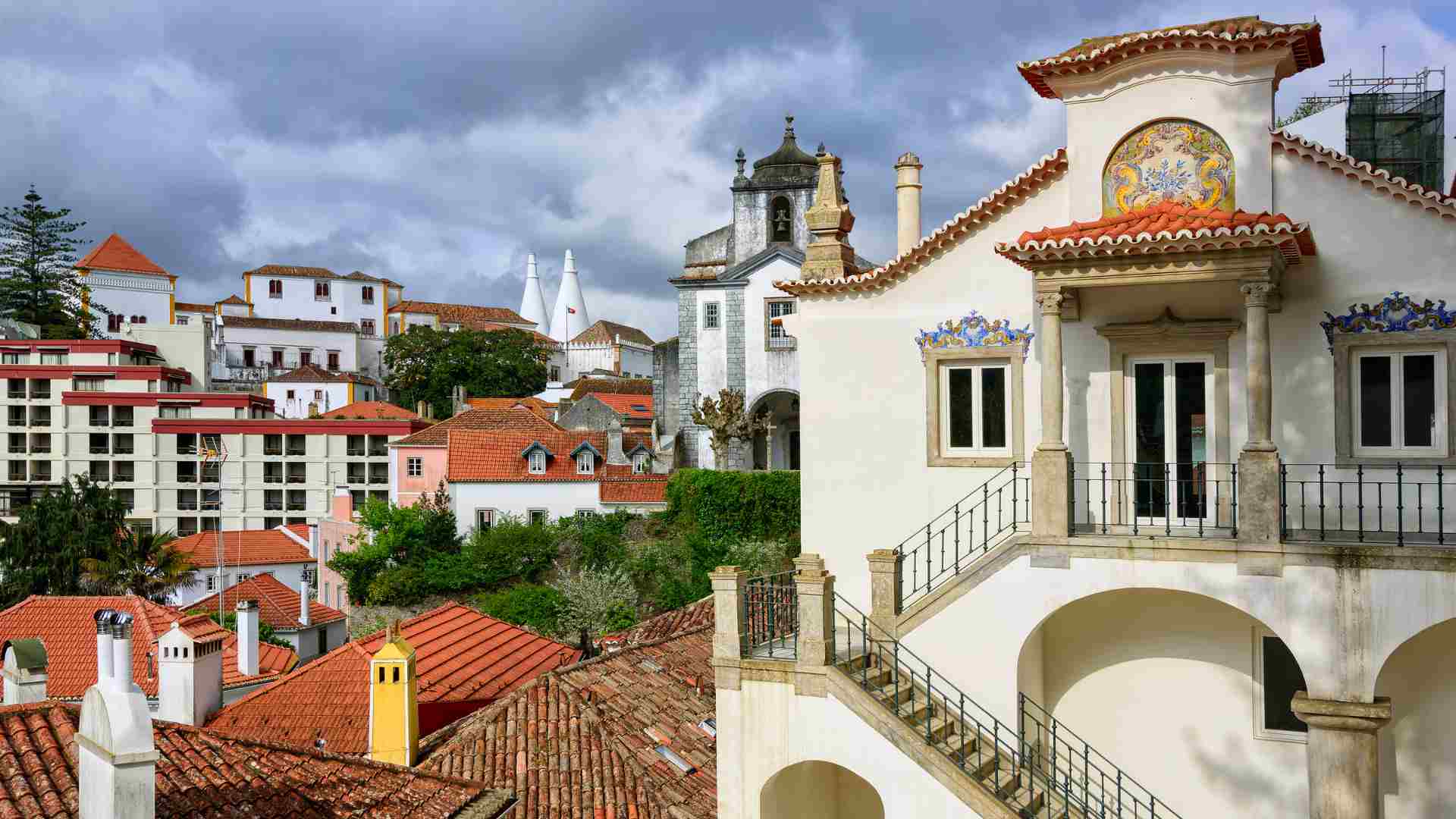
Here, you can wander around the narrow streets, enjoy a cup of coffee, and savor a meal. There are no major museums in this area, except for three small museums unrelated to the history and culture themes- Natural Museum, News (Media) Museum, and Anjos Terxeira Museum (a museum with sculptures of a local artist and his son).
But the most important single site within the old town is the National Palace of Sintra.
National Palace of Sintra
This is one of the main landmarks of Sintra. No matter what your travel plan and style, if you want to explore the town, you must visit this place- at least outside.
As mentioned above, its history started from the Moorish era- the Moors built a fort in this place. After the Christian conquest, this site became a permanent residence of the Portuguese kings. The fort turned into a palace and was renovated several times throughout history, following the current styles and architectural trends of the time. The most recognizable features of the Palace- two conical chimneys were built by King Manuel I at the beginning of the 16th century.
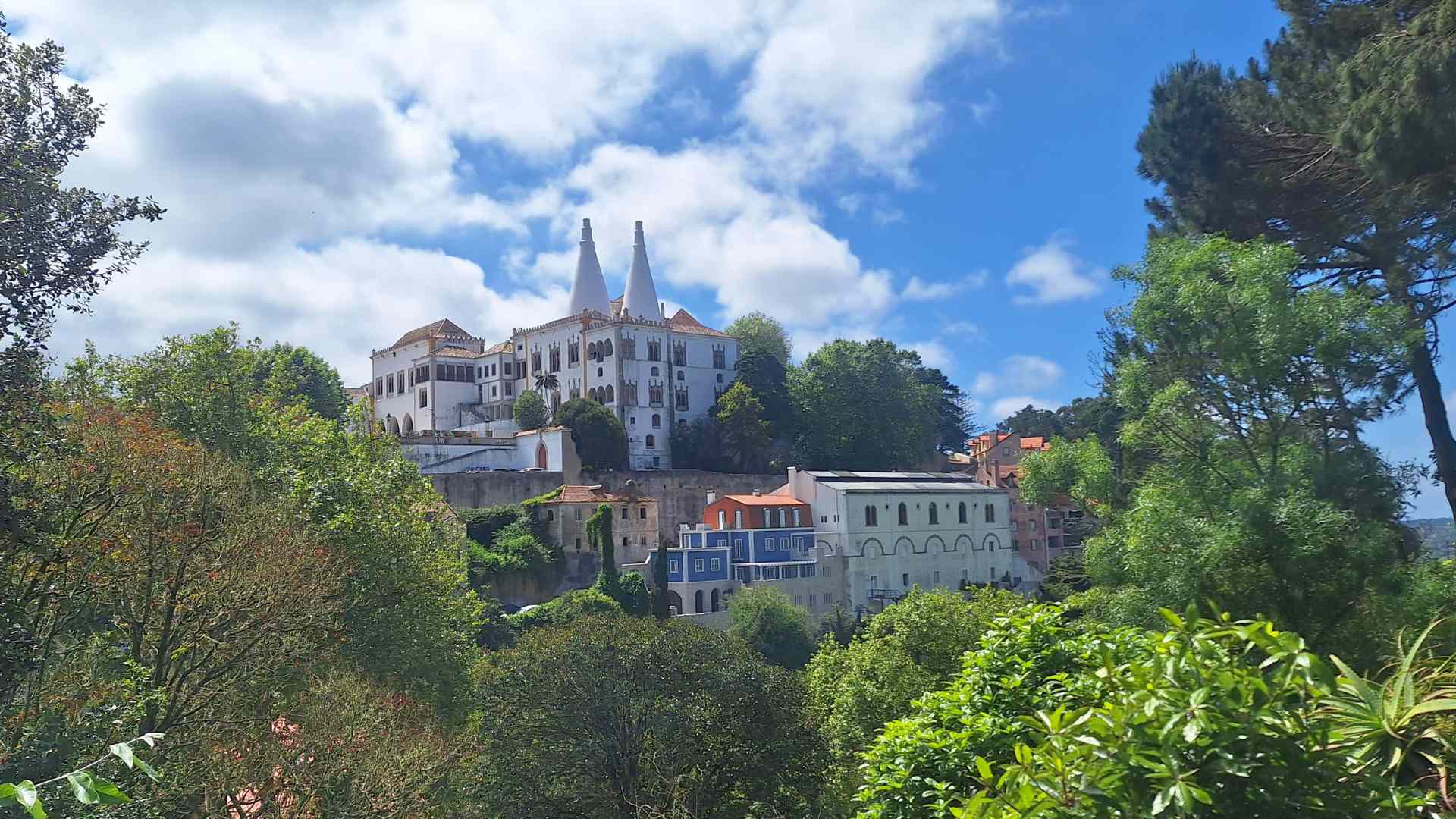
After 1910, when Portugal became a republic, the Palace was turned into a museum and declared a UNESCO World Heritage Site.
Entrance fee: 10 – 13 EUR (depending on where you buy the ticket- online or directly in the Palace)
You have free access only to the garden of the Palace.
Working hours: 9:30 am to 6:30 pm
Buy online ticket for the National Palace of Sintra!
Quinta da Regaleira
This is another splendid gem, located only about 10 minutes on foot from the historical center of Sintra. Its history starts from the late 17th century. Since then, this place has belonged to various nobles. But the real construction of what we can see today took place between 1892 and 1910, with the work of António Augusto Carvalho Monteiro (1848-1920) and the architect Luigi Manini. They built the site following their esoteric ideas.
After the death of Monteiro, the site changed its ownership several times until it was acquired by the Sintra Town Council. Since then, it has been turned into one of the famous museums in the town.
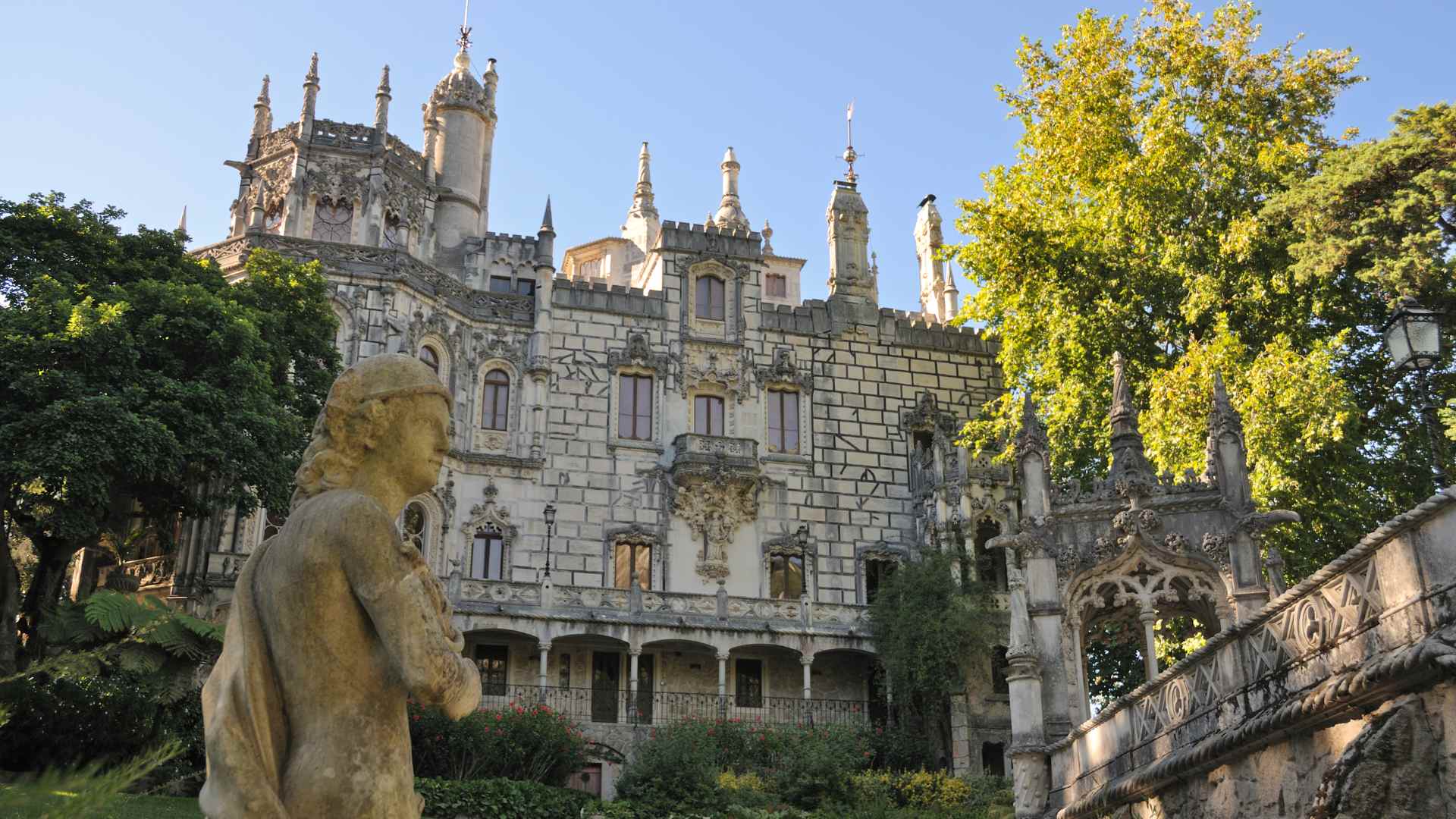
The main features of Quinta da Regaleira include the Palace and the Chapel, “Gardens of Paradise and Hell”, fountains, lakes, and follies, as well as underground tunnels and grottoes. But the most prominent element of the site is the Initiation Well- an “inverted tower” with a spiral staircase into the ground.
Entrance fee: 15 EUR for adults. For more details, see HERE
Working hours: October to March: 10:00 am to 6:30 pm; April to September: 10:00 am to 7:30 pm
Buy online ticket for Quinta da Regaleira!
The Moorish Castle
This is a must-visit landmark of Sintra, with high historical value. Established between two mountain peaks (a lower and a higher peak), it reveals excellent panoramic views. Today, it is the second famous landmark after Pena Palace.
Traces of life have been found on the place where the castle is today since prehistoric times. In the 8th century, the Moors first built a fortress here. Later, in 1147, the Christian Portuguese kings easily conquered the fortress, renovated it, and used it until the end of the Reconquista (15th century). However, after that, the fortress was abandoned.
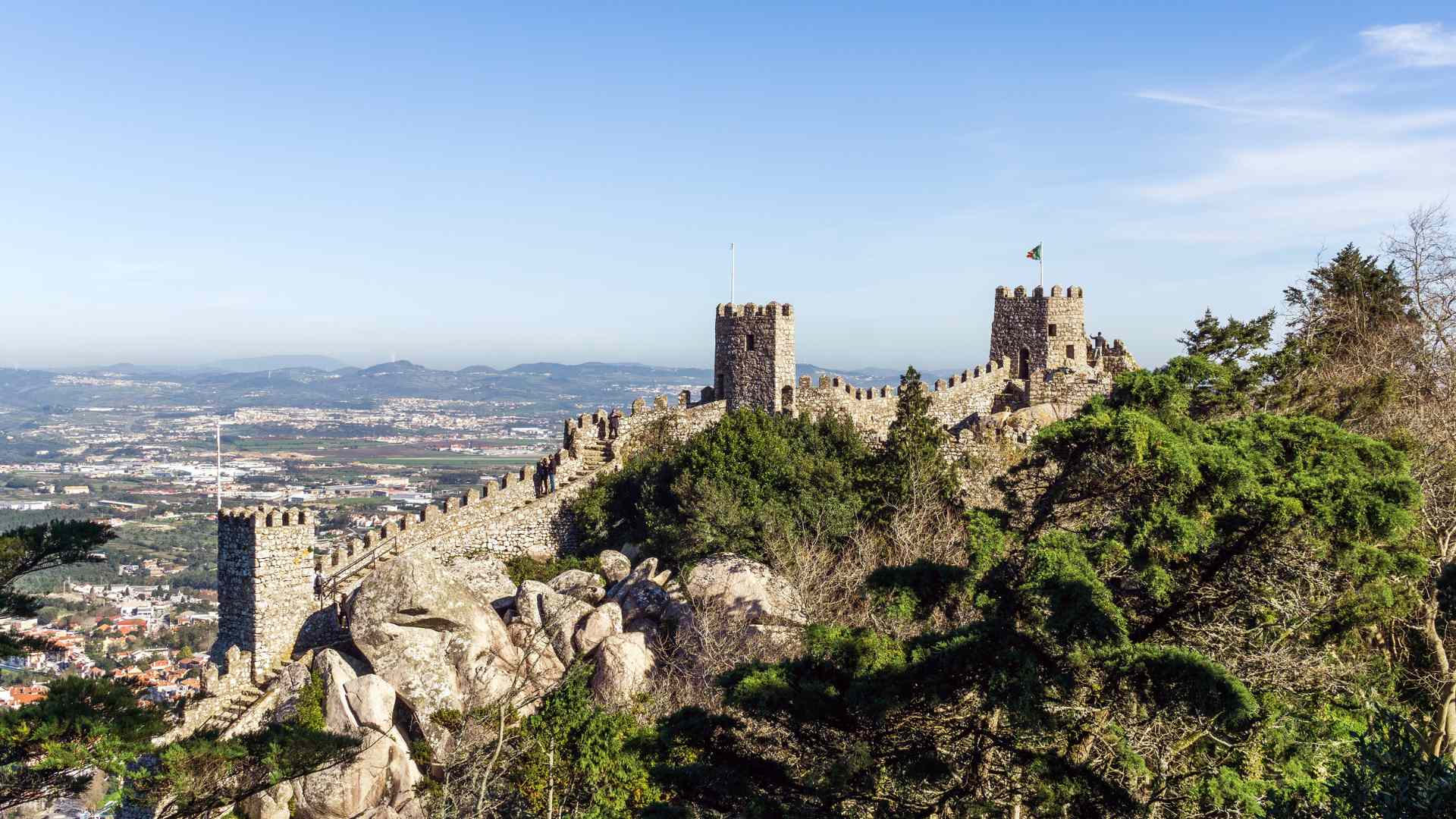
In the 19th century, King Ferdinand II (who also built Pena Palace) restored the fortress to turn it into a “romantic ruin”. Finally, in 1995, it became a UNESCO World Heritage Site and one of the most visited places to see in Sintra.
Entrance fee: 12 EUR for adults. For more details about other visitor groups, combined tickets, and discounts, see HERE
Working hours: 9:30 am to 6:30 pm
Buy online ticket for The Moorish Castle!
Pena Palace
This is the main symbol of Sintra and the landmark No. 1 of the town. It is also the site with the highest altitude in the area- 500 m above sea level, on Mt Pena.
In the 12th century, a chapel was built on Mt Pena, called Nossa Senhora da Pena. Later, in the 16th century, a Hieronymite monastery was added to the chapel. However, in the 18th century, the chapel and the monastery were heavily destroyed by lightning and by the Great Earthquake in 1755.
Later, in the 19th century, King Ferdinand II built the Pena Palace that we know today, on the ruins of the monastery. The construction was between 1842 and 1854. Since then, the site served as another royal residence until 1910, when Portugal became a Republic. At that time, Pena Palace was declared a National Monument, and from 1997, a UNESCO World Heritage Site.
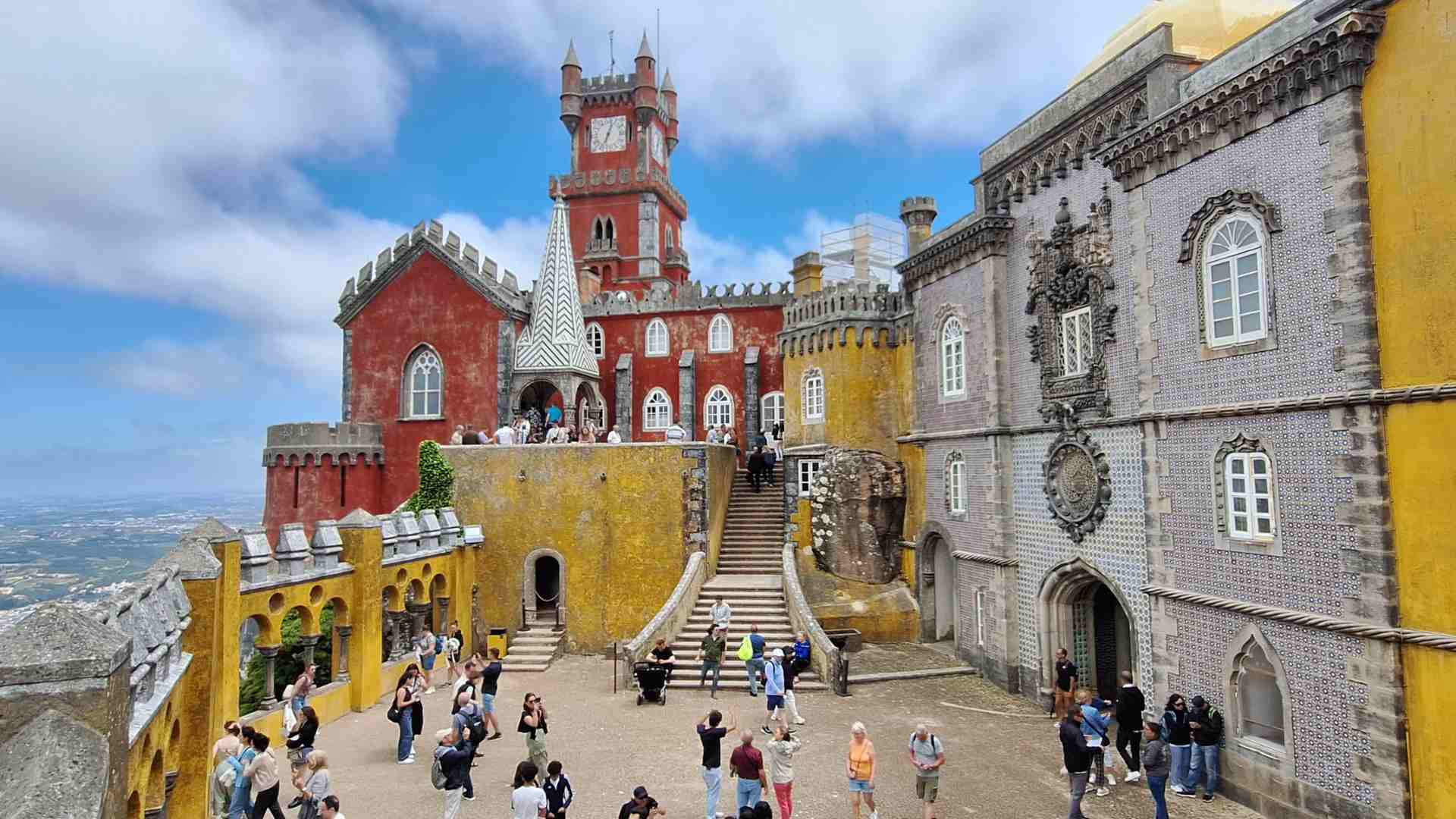
Due to its high level of architectural mastery, combining various styles (Neo-Gothic, Neo-Manueline, Neo-Moorish, and Neo-Renaissance), Pena Palace became the most visited site in Sintra.
Today, tourists have two levels of Pena Palace visiting. The first level is the Pena Palace Park- the area around the Palace and its immediate surroundings and terraces, as well as the only interior point- the remains of the former chapel. And the second level is the rest of the Palace’s interior, which requires another entrance ticket.
Entrance fee: for Pena Palace Park only- 10 EUR; for Pena Palace Park and Interior- 20 EUR. For more details about various groups of visitors, combined tickets, and discounts, see HERE
Working hours: 9:00 am (the park only) and 9:30 am (the Palace) to 6:00 pm in winter and 8:00 pm in summer
Buy online ticket for Pena Park and Palace!
Monserrate Palace
This is another one of the important places to see in Sintra, although it is located a bit far from the old town- about 50 minutes walking.
The history of Monserrate Palace started around 1540 when a chapel was built in this place. It passed through several ownerships, as well as the destruction caused by the Great Earthquake in 1755. From 1789, several English candidates for ownership purchased the place with various ideas in mind (including Lord Byron), but the palace we know today was constructed between 1858 and 1866.
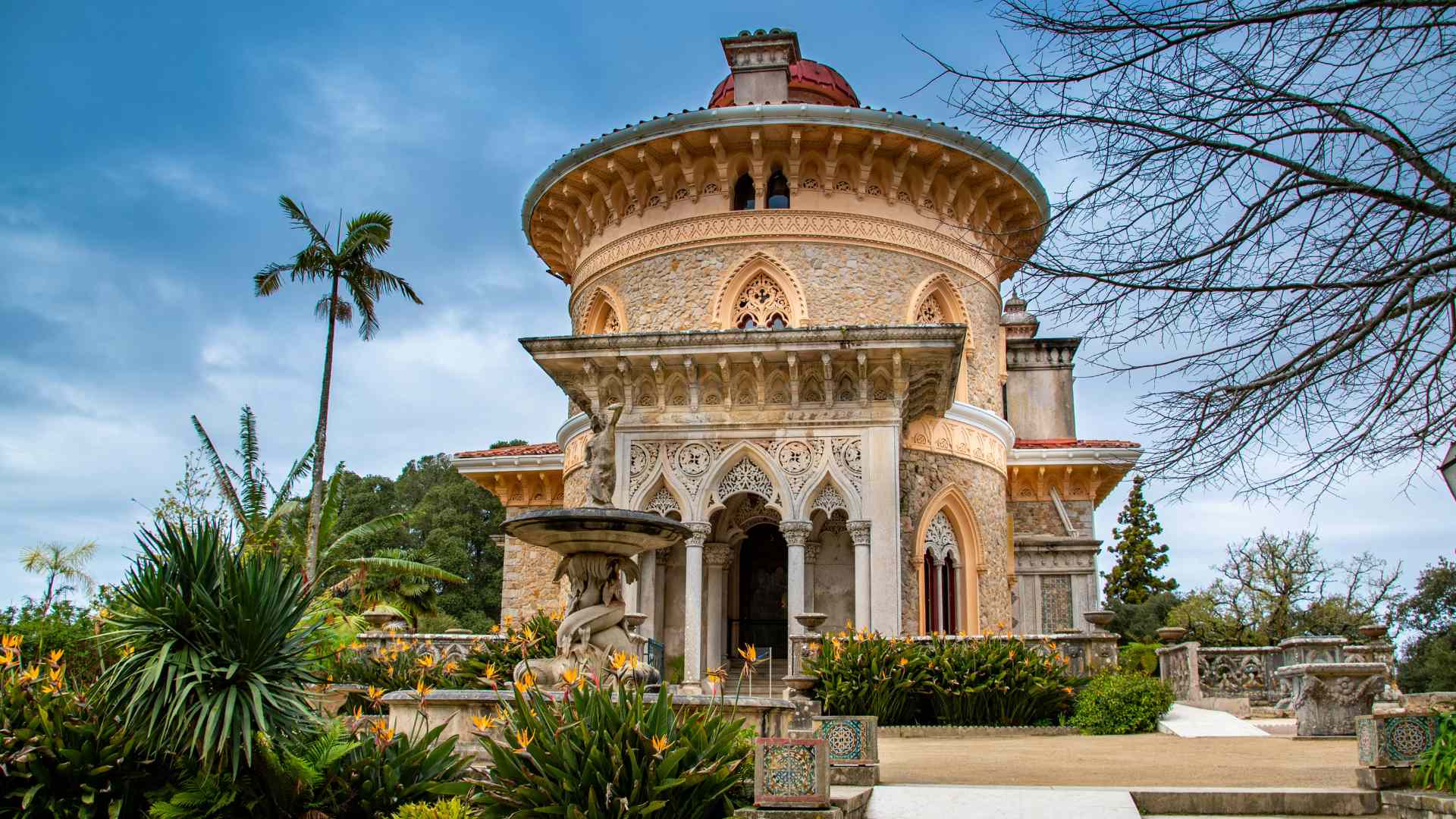
At that time, the current Francis Cook, with the architect James Thomas Knowles Jr., built the Palace combining Gothic, Indian (Moghul), and Moorish styles, and established a Botanical garden. The Palace became a state property in 1947, and in 1995 it was declared a UNESCO World Heritage Site.
Entrance fee: 12 EUR for adults. For more information about other groups of people, combined tickets, and discounts, see HERE
Working hours: Park only- 9:00 am to 7:00 pm; the Palace- 9:30 am to 6:00 pm
Chalet of the Countess of Edla
Who was the Countess of Edla? Her name was Elise Hensler, and she was the second wife of King Ferdinand II, who built Pena Palace. The king chose the place where the current point of interest is, and built a chalet in Swiss style, between 1864 and 1869. After the construction of the chalet, Hensler, originally a Swiss-American opera singer, was granted the title “Countess of Edla”.
After the end of the monarchy, the chalet was abandoned and gradually decayed until 1999. In 2000, it was included in Parque de Sintra, and the restoration began. From 2011, it was open for tourists and is now one of the main attractions in the surroundings of the town.
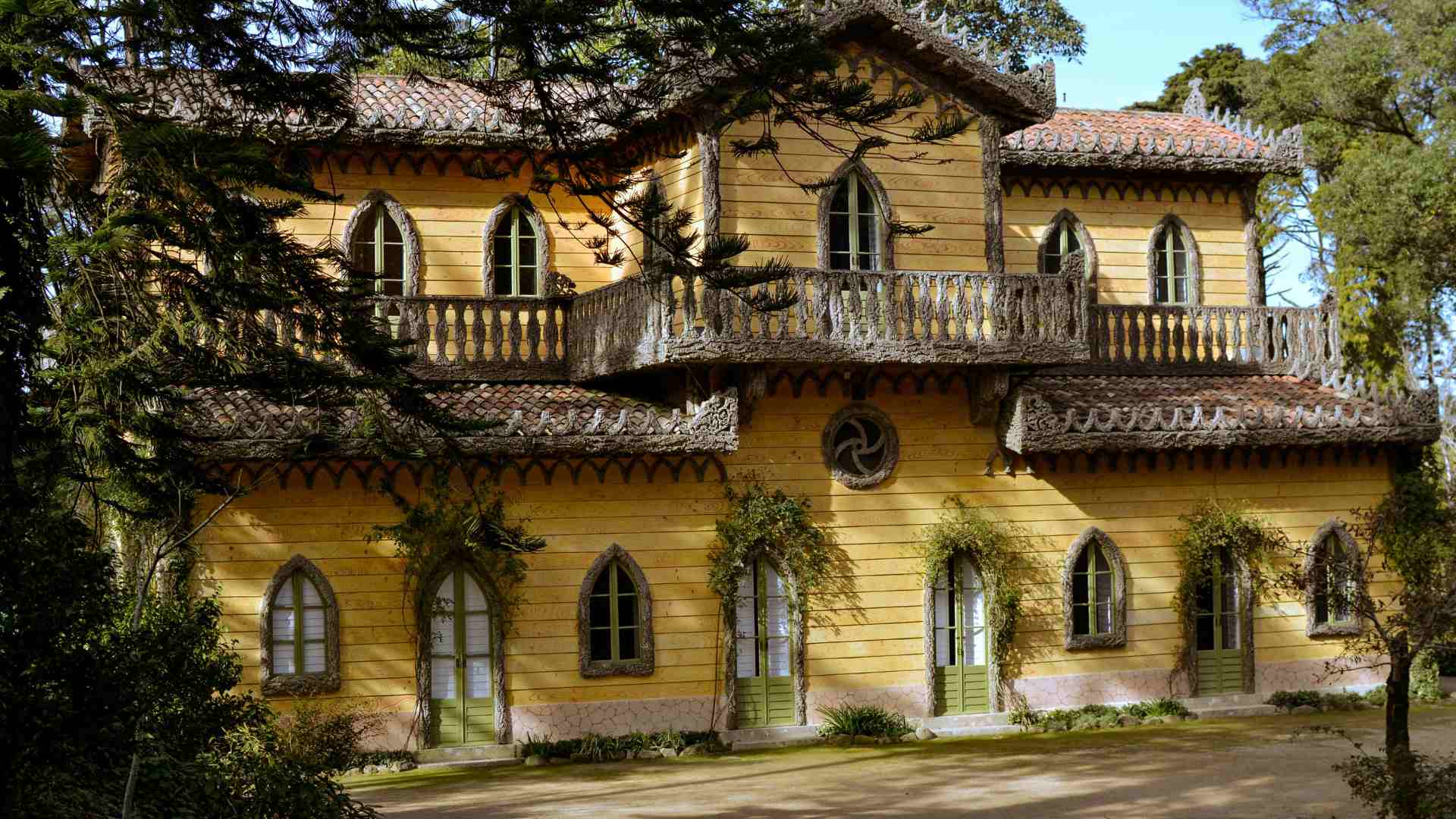
The Chalet is a bit far, about 50 minutes walking from the center, but the route goes near the Moorish Castle and Pena Palace, so you can combine it.
Entrance fee: only combined tickets- with Pena Park- 7.50 EUR, with Pena Palace- 14 EUR
Working hours: 9:00 am to 5:30 pm
Convento dos Capuchos
This is the quietest major site in and around Sintra, where you can travel back in time and immerse yourself in an ascetic life far from civilization. It is located about 1 hour and a half walking distance from the old town, in a western direction.
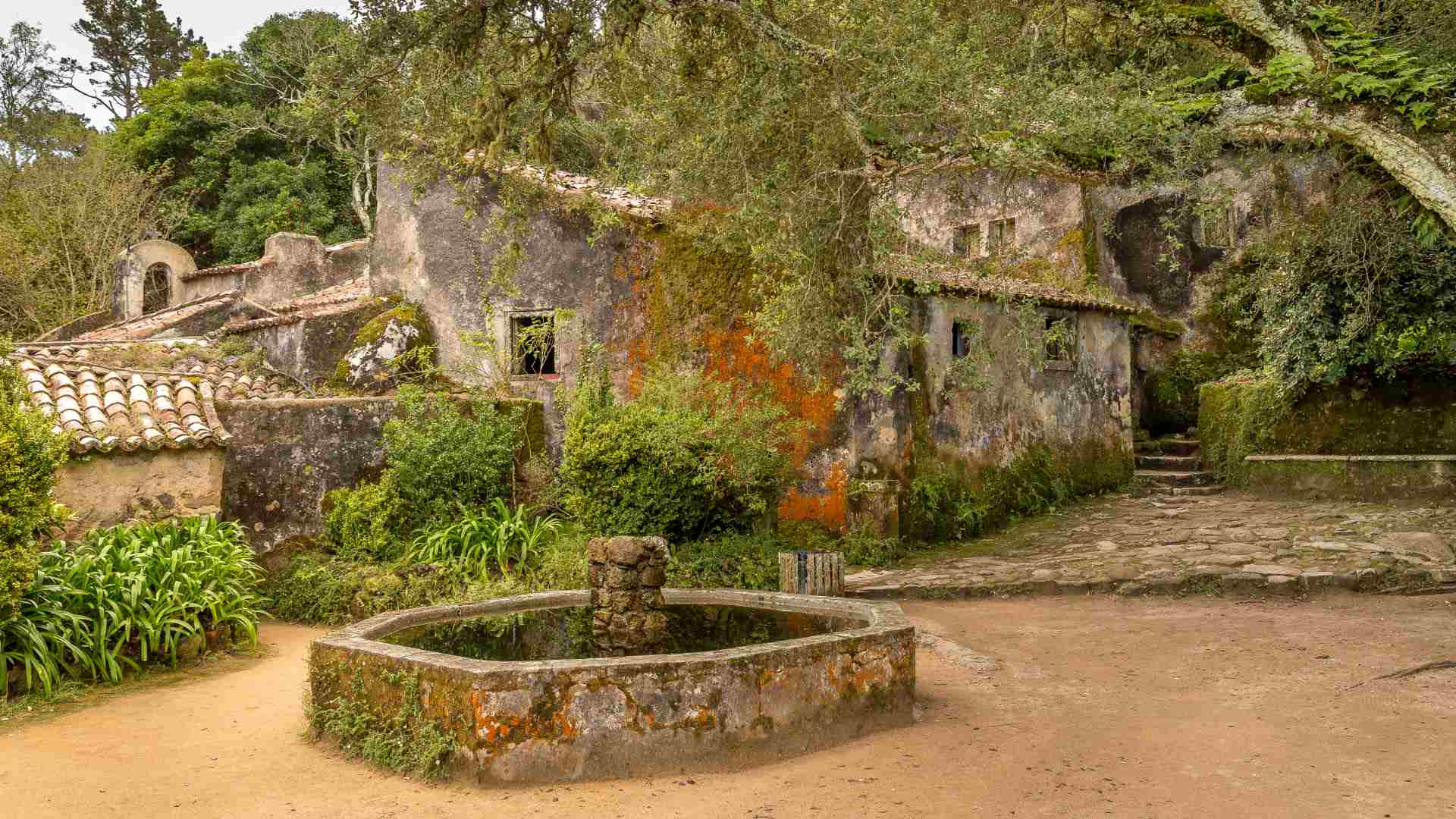
Convento dos Capuchos was established in 1560 and served as a Franciscan haven. It was almost constantly with only a small community of around eight friars. They lived in the convent until 1834, when the king dissolved the religious orders. After that, it was abandoned but still belonged to several owners until 1949, when it was acquired by the state. Finally, in 1995, it became another UNESCO World Heritage Site.
Entrance fee: 11 EUR for adults. For more information about various groups of visitors, combined tickets, and discounts, see HERE
Working hours: 9:00 am to 5:30 pm
Sanctuary of Peninha
This is the farthest of all the major sites in the area of Sintra (if we don’t count Queluz Palace). It is located in a spectacular location with views of the Atlantic Ocean.
Traces of human activity in the area from prehistoric times were found here. There was a legend from the 16th century about the apparition of the Virgin Mary to a young shepherdess. In the same century, a hermitage dedicated to San Saturnino was built in this place, which became a home for monks until 1834. Meanwhile, a chapel was built there too.
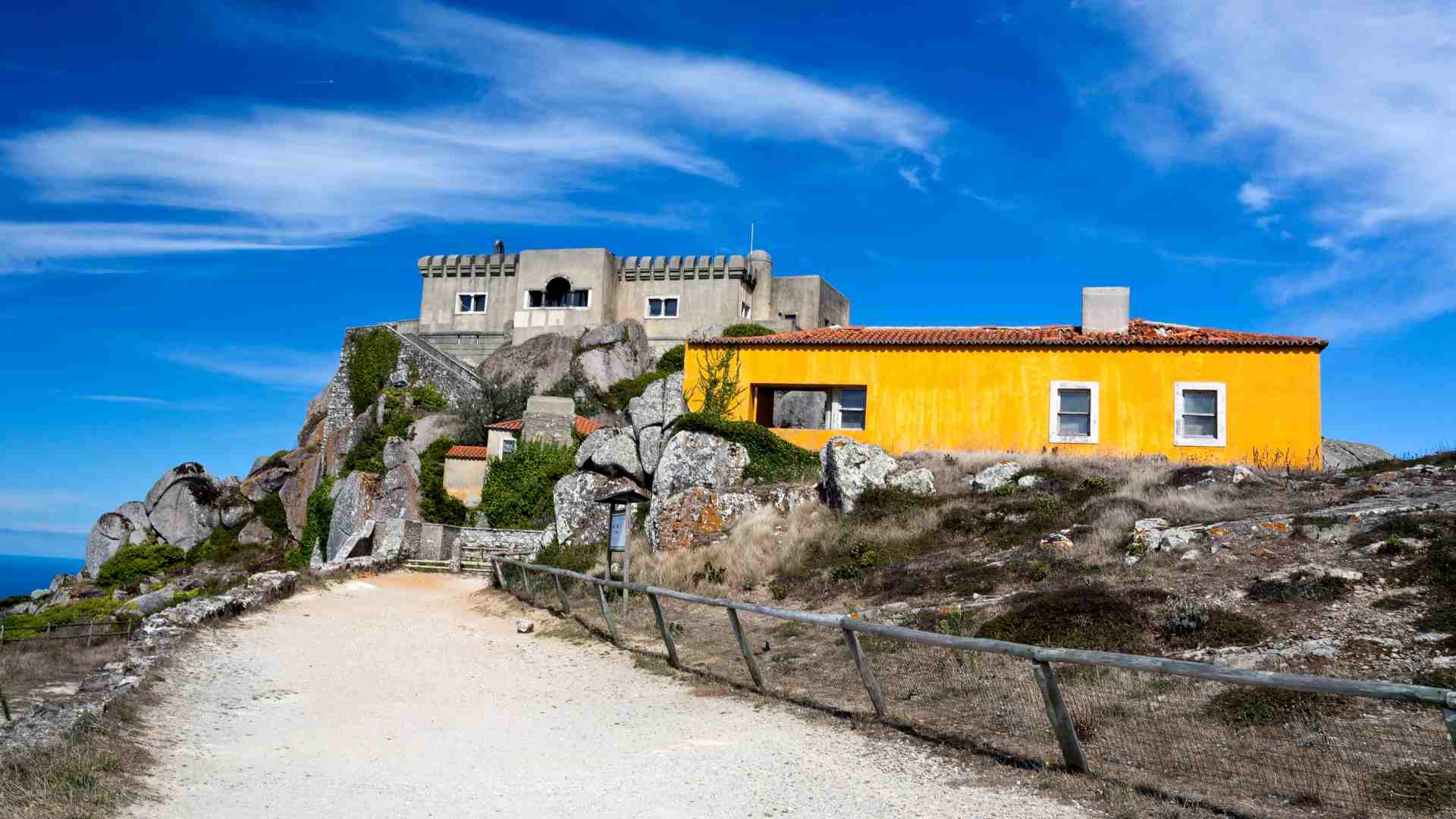
In the later years, a few owners possessed the site. One of them, Carvalho Monteiro, tried to build a palace, but he died earlier and couldn’t complete it. Today, it still stays as it is- unfinished.
Visiting the Sanctuary of Peninha is free, but the interior of the chapel and the unfinished palace are closed. But visitors can enjoy some of the most stunning panoramic views in the area of Sintra.
National Palace of Queluz
This site is far from Sintra proper; actually, it is closer to Lisbon, but still belongs to the Sintra municipality. It is known as the “Portuguese Versailles”- another glamorous royal palace in the area.
The National Palace of Queluz was built in the 18th century, in Rococo style with neo-classical elements. It served as a permanent king’s residence since 1794. But at the same time, it was related to the tragic fate of Queen Maria I, who suffered there from mental illness. In the 19th century, the Palace lost its significance and was later abandoned.
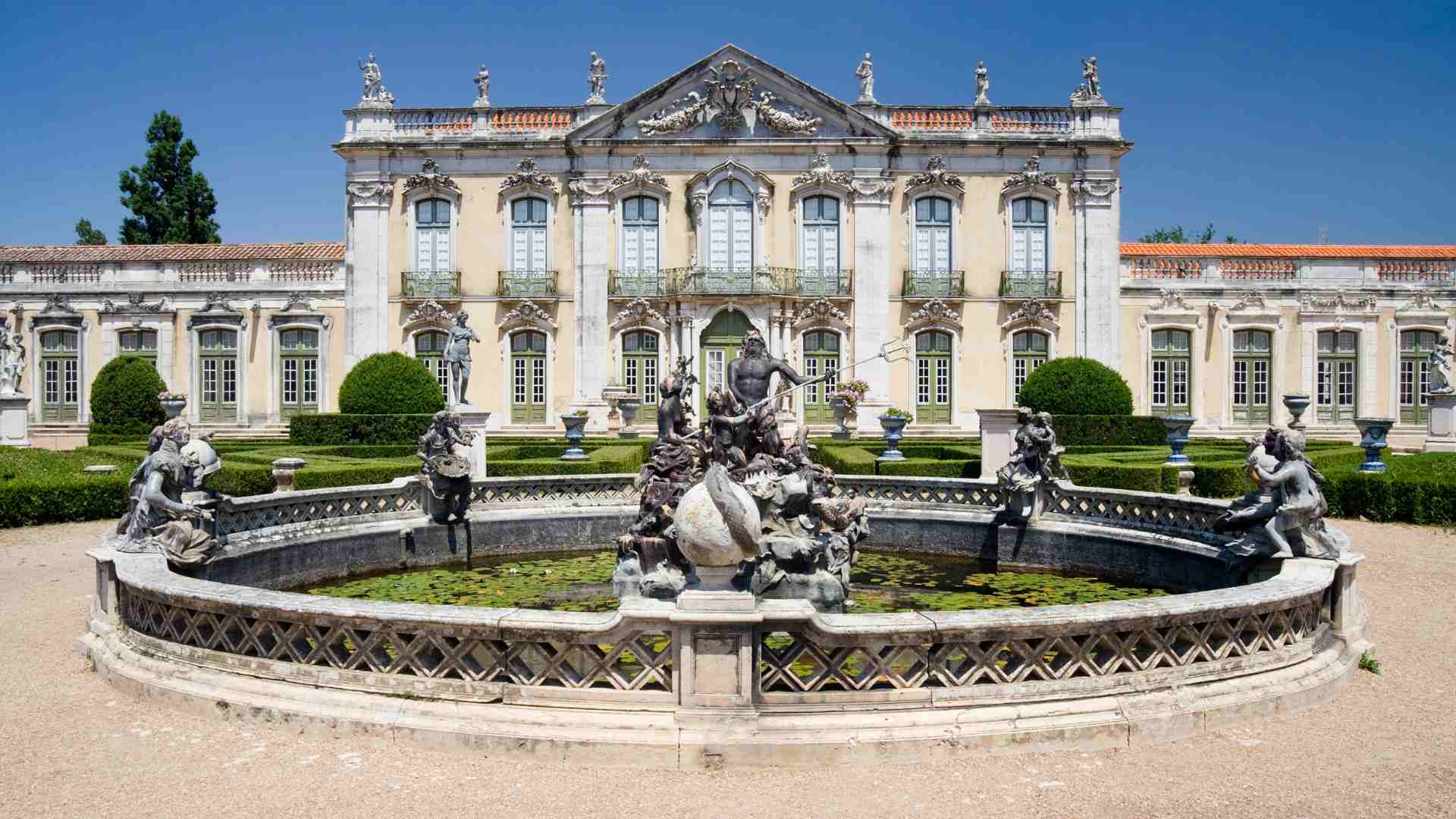
Only in recent years has it been restored, turned into a museum of royal artifacts, and declared a UNESCO World Heritage Site.
Entrance fee: 13 EUR (the whole site), and 6 EUR for the garden only, for adults. For more information about various groups of visitors, discounts, and combined tickets, see HERE
Working hours: Palace- 9:00 am to 6:00 pm; Garden only- 9:00 am to 6:30 pm
More places to see
There are many other minor points of interest that are worth visiting if you have more time (mentioned by name in the History section of this article). Some of them have significant historical value- prehistoric dolmens, Roman ruins, as well as some minor palaces from the last 1-2 centuries.
Finally, there is a small Archaeological Museum (Archaeological Museum of São Miguel de Odrinhas) where you can see some artifacts from prehistoric to Medieval times.
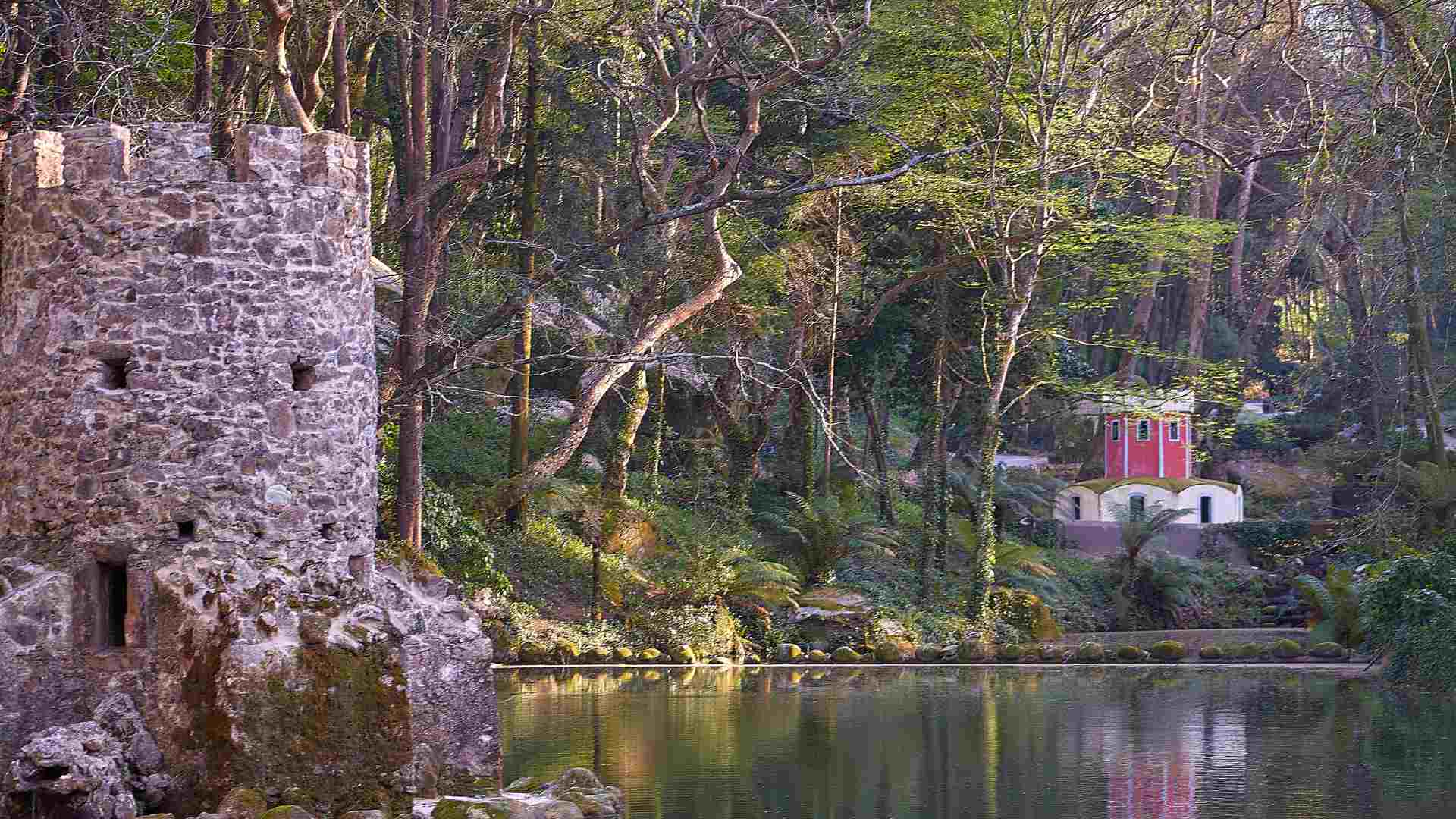
Hiking in Sintra Mountains
Although the main image of Sintra is cultural and historical, it is also worth immersing oneself in the local nature. The good thing is that most of the major points of interest are in the mountains of Sintra, and you can reach them by hiking. But there is more to enjoy in the nature, aside from the tourist attractions, and it is far from the tourist crowds.
First, you can hike the highest point of the Sintra Mountains- Mt Cruz Alta (528 m). It is inside the Pena Palace Park, and it is easily reachable by a paved alley. The peak reveals stunning panoramic views of the whole land around.
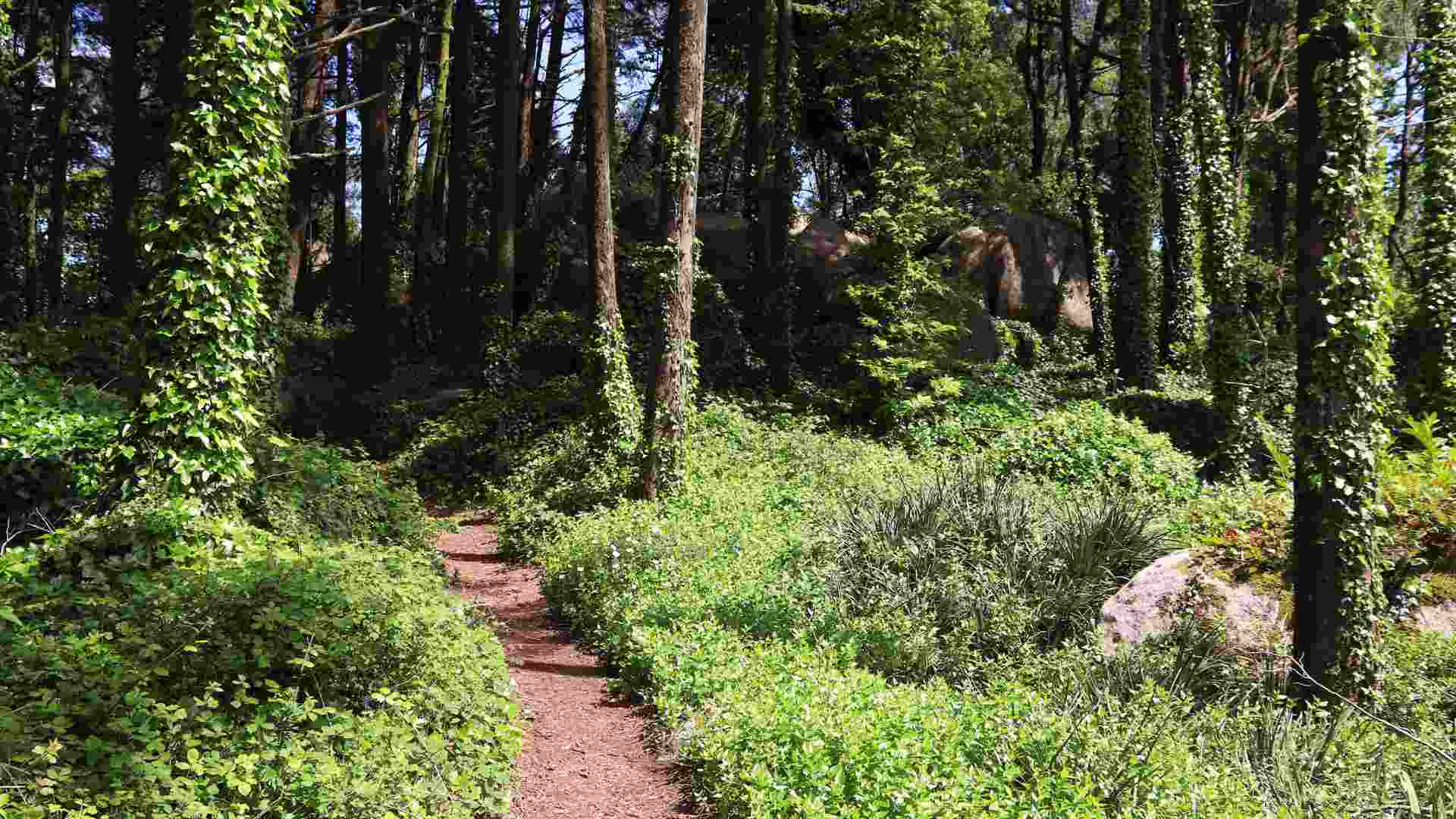
But there are many other trails, just in the wild forest. They lead to larger roads and the points of interest, passing through lush subtropical forests. Probably the most beautiful of them is a trail leading to Lagoa dos Mosqueiros– a small lake (pond), not far from Monserrate Palace. Anyway, hiking in the Sintra Mountains is another way to explore the local geography and nature.
Cabo da Roca
Finally, Cabo da Roca, the westernmost point of Europe and Eurasia, is an important geographical point of interest. I already mentioned its significance, especially for a traveler who wants to cross a continent. But even if it is not your plan, visiting Cabo da Roca as a part of your Sintra trip is always worth it, at least for the stunning landscapes and panoramic views that it reveals.
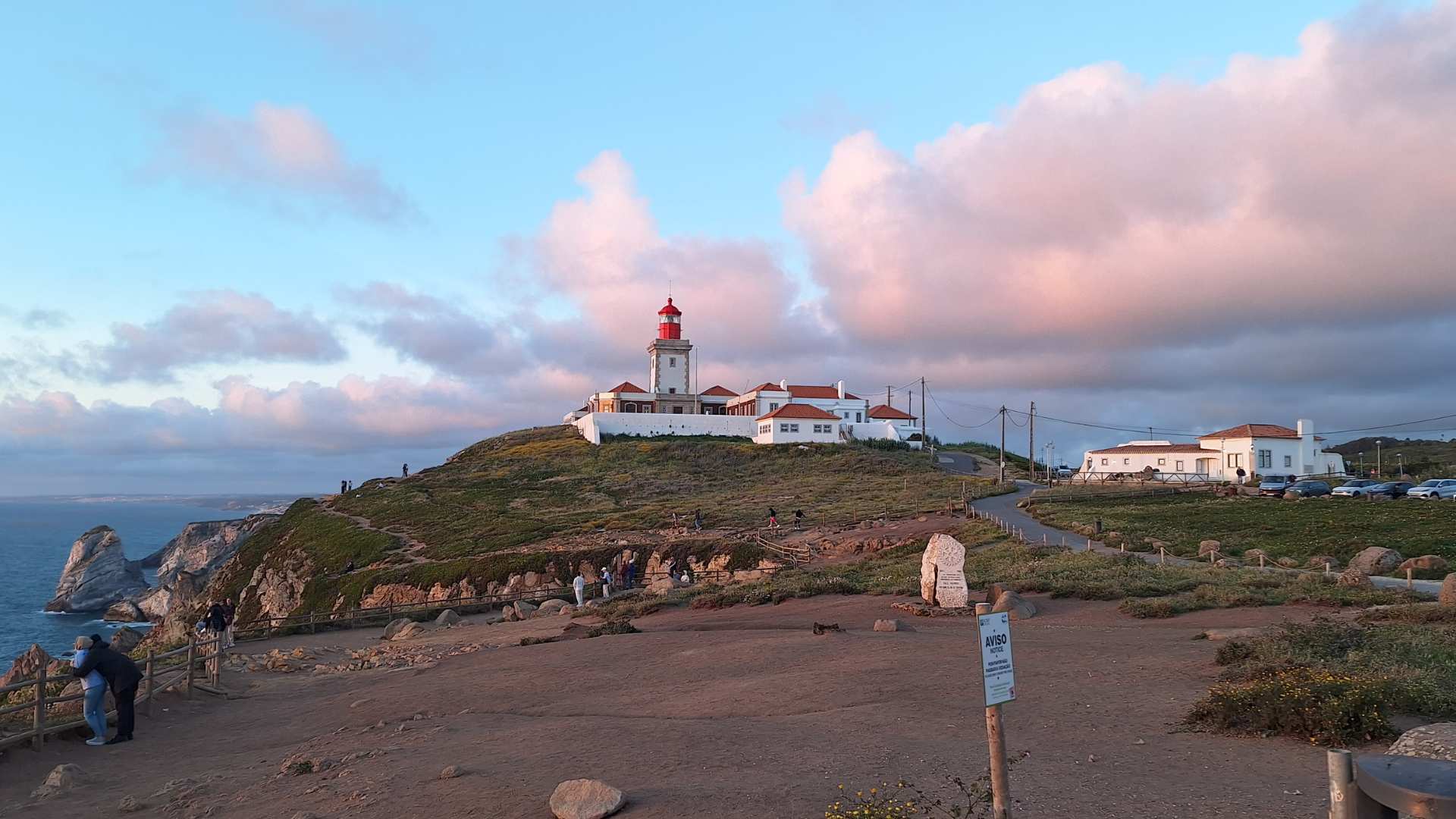
Useful tips
Let’s add some additional tips that can help you arrange your trip better.
Transportation
If you don’t have your own transport and Lisbon is your main starting point, the best way to travel to Sintra is by train. You can take a train from Rossio Station in Lisbon. The whole journey is about 40 minutes. A one-way ticket is 2,30 EUR, and there are trains every 10-20 minutes.
In addition, there are buses too, but traveling by bus is more complicated- they depart from various points in Lisbon, with different schedules and routes.
Find a taxi from Lisbon to Sintra!
If you have your own transport, I would suggest finding a parking lot in the new part of town. Better don’t go by car to the old town and to the nearby points of interest, especially in summer (the high season)- most roads are one-way, it is very difficult to find a parking lot, and traffic jams are normal.
Find the best rental car for your journey!
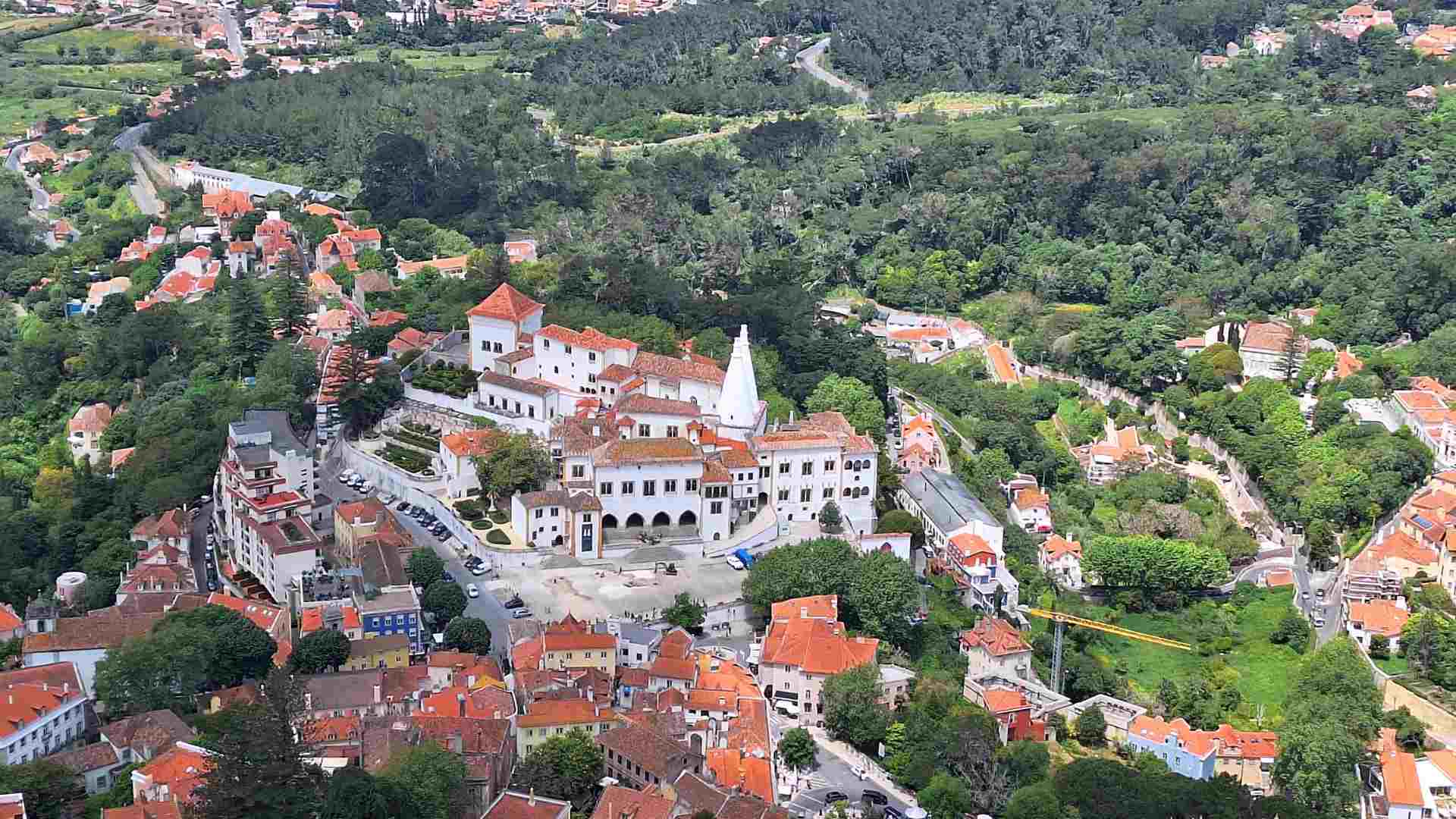
One of the best parking lots is located HERE. It is a paid parking lot (but cheap), and it is much safer than the nearby larger free parking lot that you can see on the map. From here, I personally just walked for a few hours to all of the important points of interest, a part of my crossing Eurasia journey. However, keep in mind that hiking uphill from the town to the Moorish Castle and Pena Palace is steep and strenuous.
But if you want to reach places like Convento dos Capuchos, Sanctuary of Peninha, or the Chalet of the Countess of Edla, you can go with your car- these places are not as famous as Pena Palace and the Moorish Castle, so there wouldn’t be too many cars.
Local transportation
You can use the local transportation in Sintra. Bus No. 434 makes a circle between the Old Town, the Moorish Castle, and Pena Palace (round-trip ticket is 7.60 EUR). Bus No. 435 goes to Quinta da Regaleira and Monserrate Palace (ticket- 5.50 EUR). You can also buy a Hop Off Hop On ticket for all buses for 15.20 EUR.
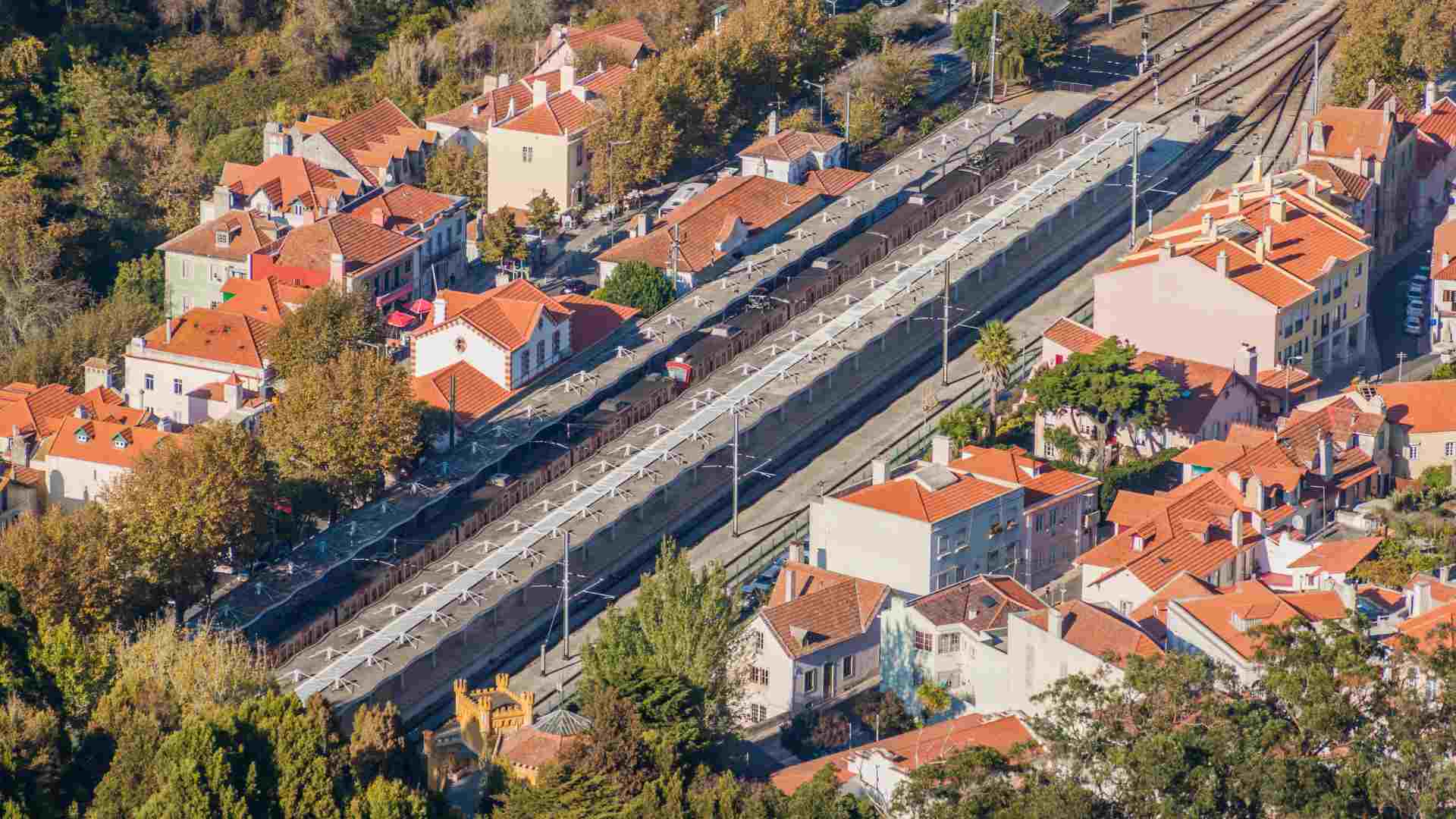
Other ways of transportation are tuk-tuks (between 80 EUR and 120 EUR per vehicle, for 1 and a half hour), tourist road trains (same as buses 434 and 435), horse-drawn carriages (more expensive- between 30 and 70 EUR for an hour), and local rental e-bikes, scooters, and e-cars.
Finally, there is the historical Sintra Tram connecting Sintra to Praia das Maçãs at the Atlantic Ocean coast- you can try it too. Ticket price- 5 EUR in one direction.
Accommodation
Staying one or more nights in Sintra is necessary if you want to explore the town in more detail. There are a lot of options to stay- hotels, hostels, guesthouses, apartments, homestays, and more, from 5-star luxury places like Penha Longa Resort to more budget-friendly properties. You can find most of them in Booking or Agoda. Besides your budget and preferences, take a look at their location to plan your trip better.
Check for hotels around Sintra on Booking!
Check for hotels around Sintra on Agoda!
This is, in short, what Sintra looks like. I explored it briefly as a part of my crossing-Eurasia trip and proceeded by car (my rental car) further eastward to the next destination- Lisbon, the capital of Portugal, full of places to see and things to try. On the way, I stopped at Queluz Palace- the last point of interest in Sintra, before immersing in the Portuguese capital. Sintra’s ethereal beauty and historical grandeur ensured it would forever hold a special place in my travel memories.
Take a look at this video about Sintra below:
Like it? Pin it here⇓! Follow us in Facebook, X and Instagram!




